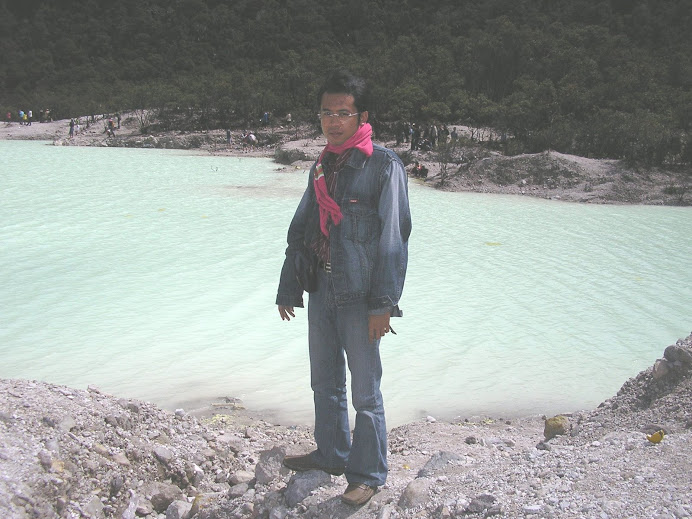Senin, 24 Maret 2008
EARTH
global warming
What is Global Warming? | ||
Global warmth begins with sunlight. When light from the Sun reaches the Earth, roughly 30 percent of it is reflected back into space by clouds, atmospheric particles, reflective ground surfaces, and even ocean surf. The remaining 70 percent of the light is absorbed by the land, air, and oceans, heating our planet’s surface and atmosphere and making life on Earth possible. Solar energy does not stay bound up in Earth’s environment forever. Instead, as the rocks, the air, and the sea warm, they emit thermal radiation, or infrared heat. Much of this thermal radiation travels directly out to space, allowing Earth to cool. Some of this outgoing radiation, however, is re-absorbed by water vapor, carbon dioxide, and other gases in the atmosphere (called greenhouse gases because of their heat-trapping capacity) and is then re-radiated back toward the Earth’s surface. On the whole, this re-absorption process is good. If there were no greenhouse gases or clouds in the atmosphere, the Earth’s average surface temperature would be a very chilly -18°C (0°F) instead of the comfortable 15°C (59°F) that it is today. What has scientists concerned now is that over the past 250 years humans have been artificially raising the concentration of greenhouse gases in the atmosphere at an ever-increasing rate. By 2004, humans were pumping out over 8 billion tons of carbon dioxide per year. Some of it was absorbed by “sinks†like forests or the ocean, and the rest accumulated in the atmosphere. We produce millions of pounds of methane by allowing our trash to decompose in landfills and by breeding large herds of methane-belching cattle. Nitrogen-based fertilizers and other soil management practices lead to the release of nitrous oxide into the atmosphere. Once these greenhouse gases get into the atmosphere, they stay there for decades or longer. According to the Intergovernmental Panel on Climate Change (IPCC), since the industrial revolution began in about 1750, carbon dioxide levels have increased 35 percent and methane levels have increased 148 percent. Paleoclimate readings taken from ice cores and fossil records show that these gases, two of the most abundant greenhouse gases, are at their highest levels in at least the past 650,000 years. Scientists have very high confidence (a phrase the IPCC translates to “greater than 90 percent certaintyâ€) that the increased concentrations of greenhouse gases have made it more difficult for thermal radiation to leave the Earth, and as a result, Earth has warmed. | ||



